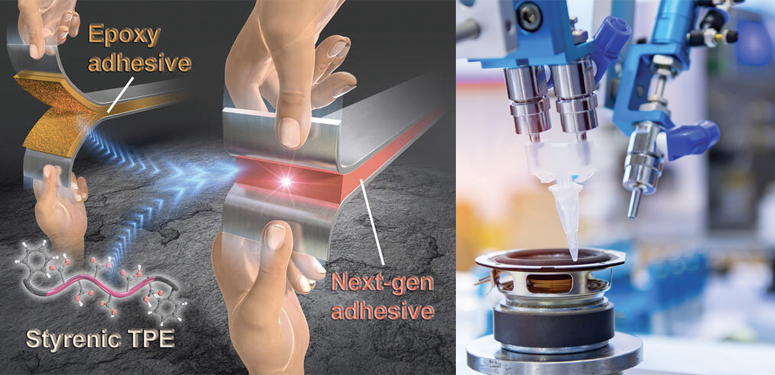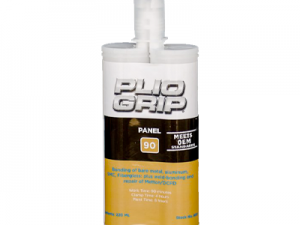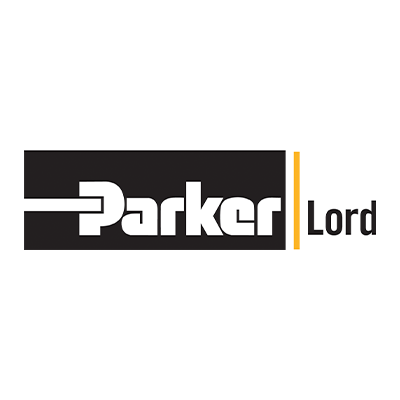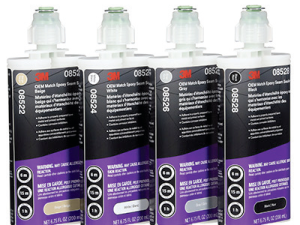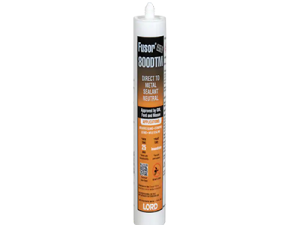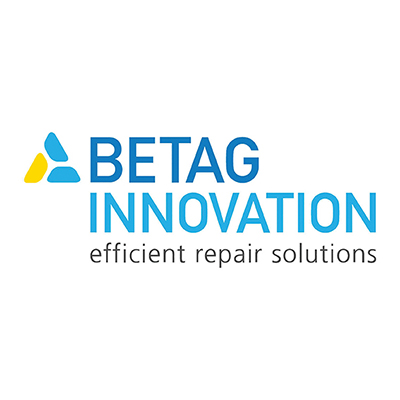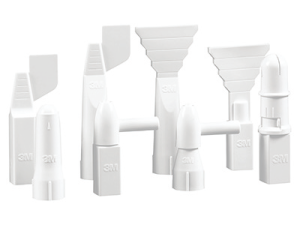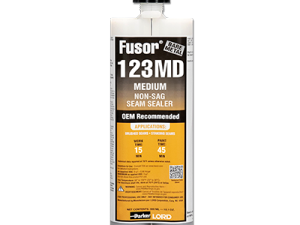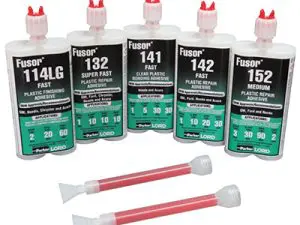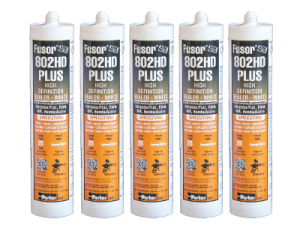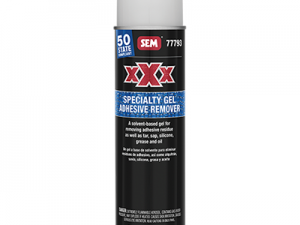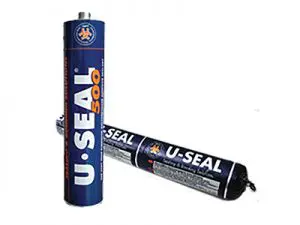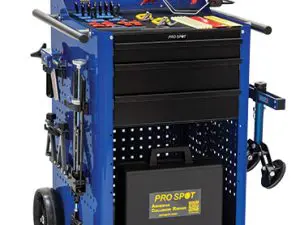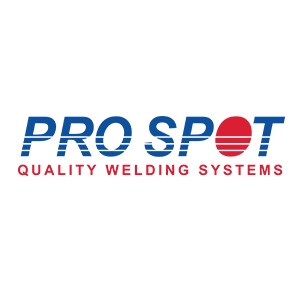A new adhesive developed by researchers at Japan’s Nagoya University incorporates a hydrogen-bonded styrenic thermoplastic elastomer (TPE) with impact strength 22 times greater than traditional epoxy-based adhesives, according to the university. (Credit: Atsushi Noro/Nagoya University)
BOND TO THE FUTURE
AUTOMOTIVE ADHESIVES ESSENTIAL IN THE PUSH FOR ELECTRIC VEHICLES
With the continued rise of electric vehicles and the push for more lightweight materials, the role of adhesives in collision repair is more critical than ever as vehicle components are glued, rather than fastened together.
Modern adhesives are designed to provide stronger bonds to accommodate the use of materials like aluminum and composites—so much so that today’s cars are more than 40 pounds of adhesives. These adhesives can also withstand higher temperatures while providing resistance to environmental factors.
Additionally, like other areas of the industry, as sustainability becomes a central focus, eco-friendly adhesives are emerging as a viable option for collision repair, with many manufacturers now offering adhesives made from renewable plant-based sources and with reduced volatile organic compounds (VOCs).
And, when looking at tech trends, innovations such as automated dispensing systems and smart application tools are being adopted to ensure the precise and consistent application of adhesives. These advancements help reduce waste, improve efficiency and minimize the risk of human error during repairs.
However, it is in the continued rise of electric vehicles where adhesives are demonstrating their full potential as a critical component of automotive manufacturing. Here, adhesives are often used to bond and seal the lid of the battery pack of an electric vehicle to the chassis. Adhesives also help to maintain thermal temperature to reduce the chances of thermal runaway.
One recent innovation in the world of automotive adhesives comes from researchers at Nagoya University in Japan who claimed in October to have created an adhesive that is 22 times stronger than traditional epoxy-based alternatives. The new adhesive—made from a hydrogen-bonded styrenic thermoplastic elastomers—was created in collaboration with Aisin Chemical Company with support from the New Energy and Industrial Technology Development Organization (NEDO) and is a polymer that exhibits rubbery properties, allowing it to stretch and return to its original shape. So, while this magazine may not be able to stretch without ripping, the products on the next few pages should be able to bond you together with all the best of what modern automotive adhesives have to offer.
-
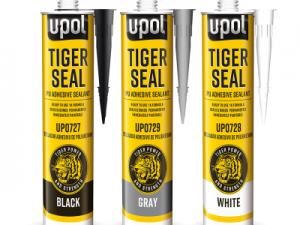
Tiger Seal
Read more -

Pliogrip Adhesives
Read more0 out of 5 -

Fusor® 2098
Read more0 out of 5 -

3M™ OEM Match Seam Sealers
Read more0 out of 5 -

Fusor 800DTM Seam Sealer
Read more0 out of 5 -

Speedline Glue Repair System
Read more0 out of 5 -

3M™ OEM Match Tips
Read more0 out of 5 -

Fusor® 123MD Non-Sag Seam Sealer (Medium)
Read more0 out of 5 -

Fusor Repair Adhesives
Read more0 out of 5 -

Fusor 800HD Plus series
Read more0 out of 5 -

PIM 77793 XXX Specialty Gel Adhesive Remover
Read more -

Self-Stick Liquid Protection Fabric
Read more0 out of 5 -

U-Seal 500
Read more -

Glue Tab Dent Repair Station
Read more0 out of 5

